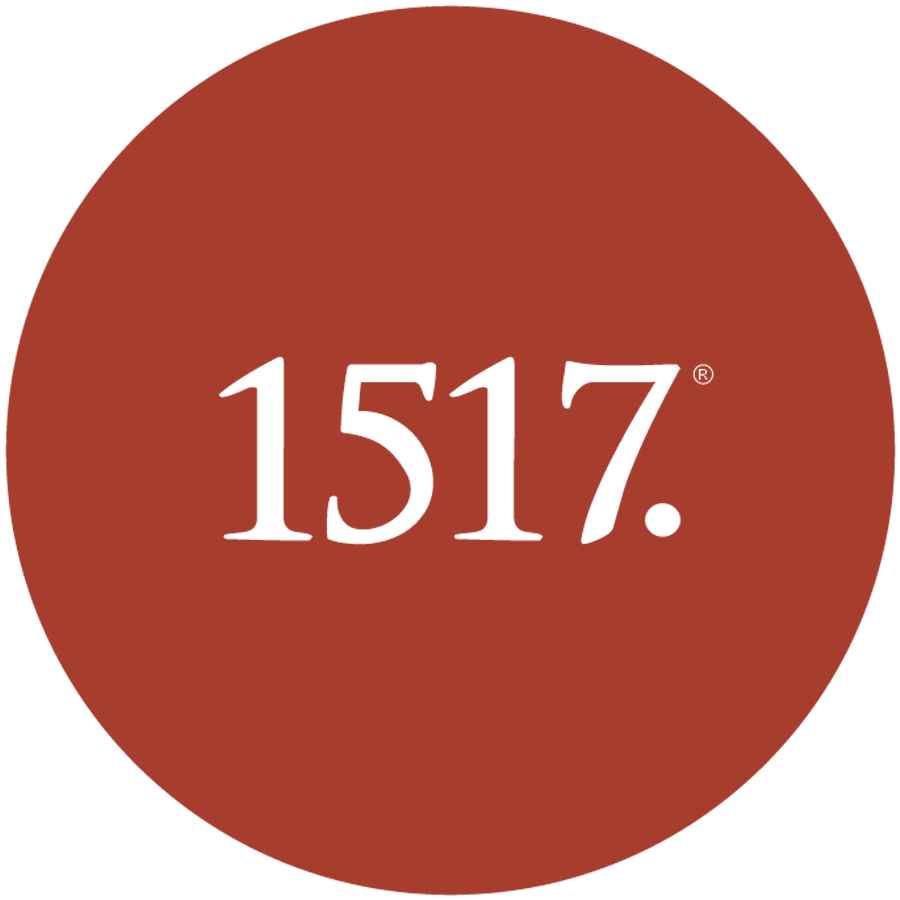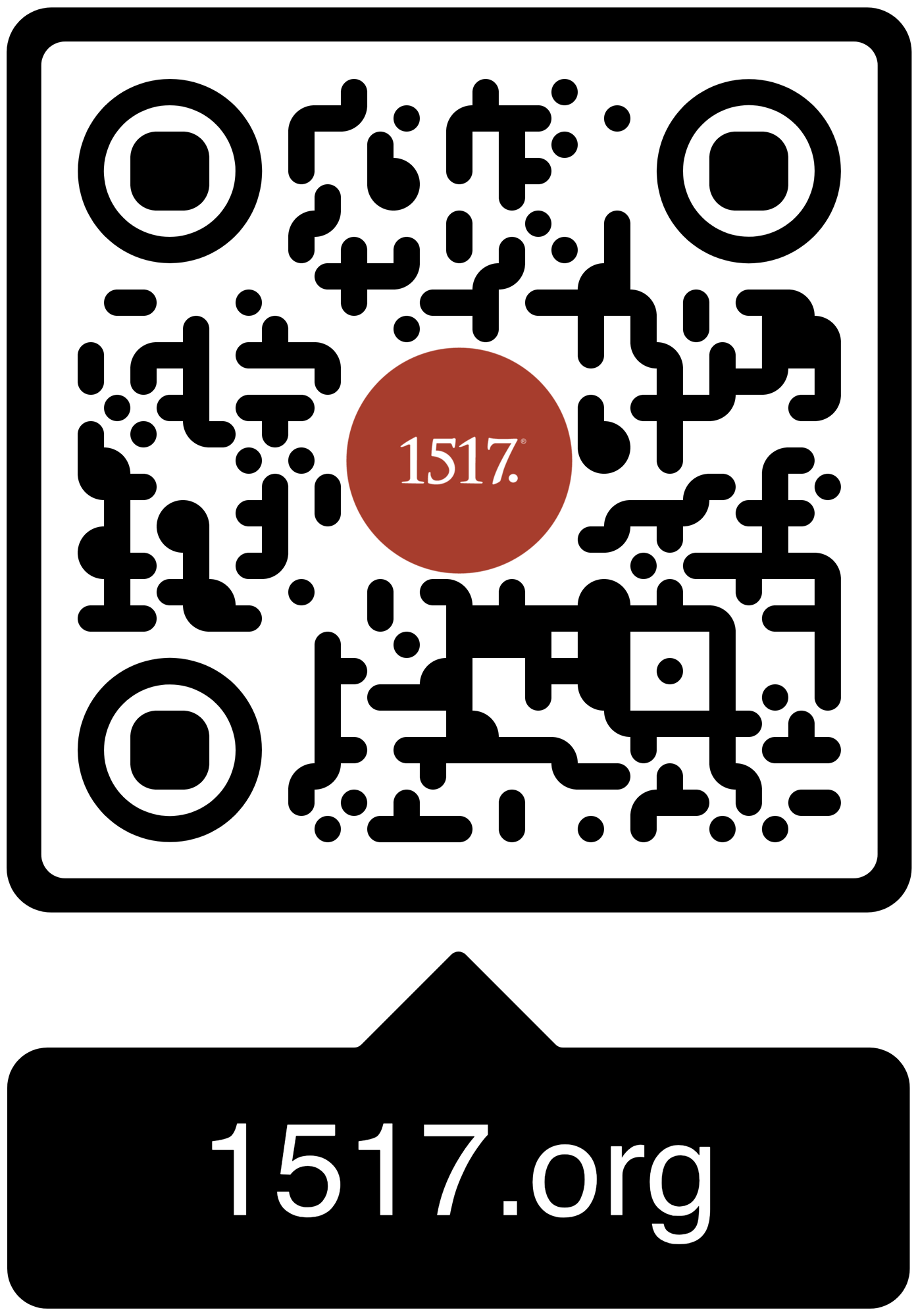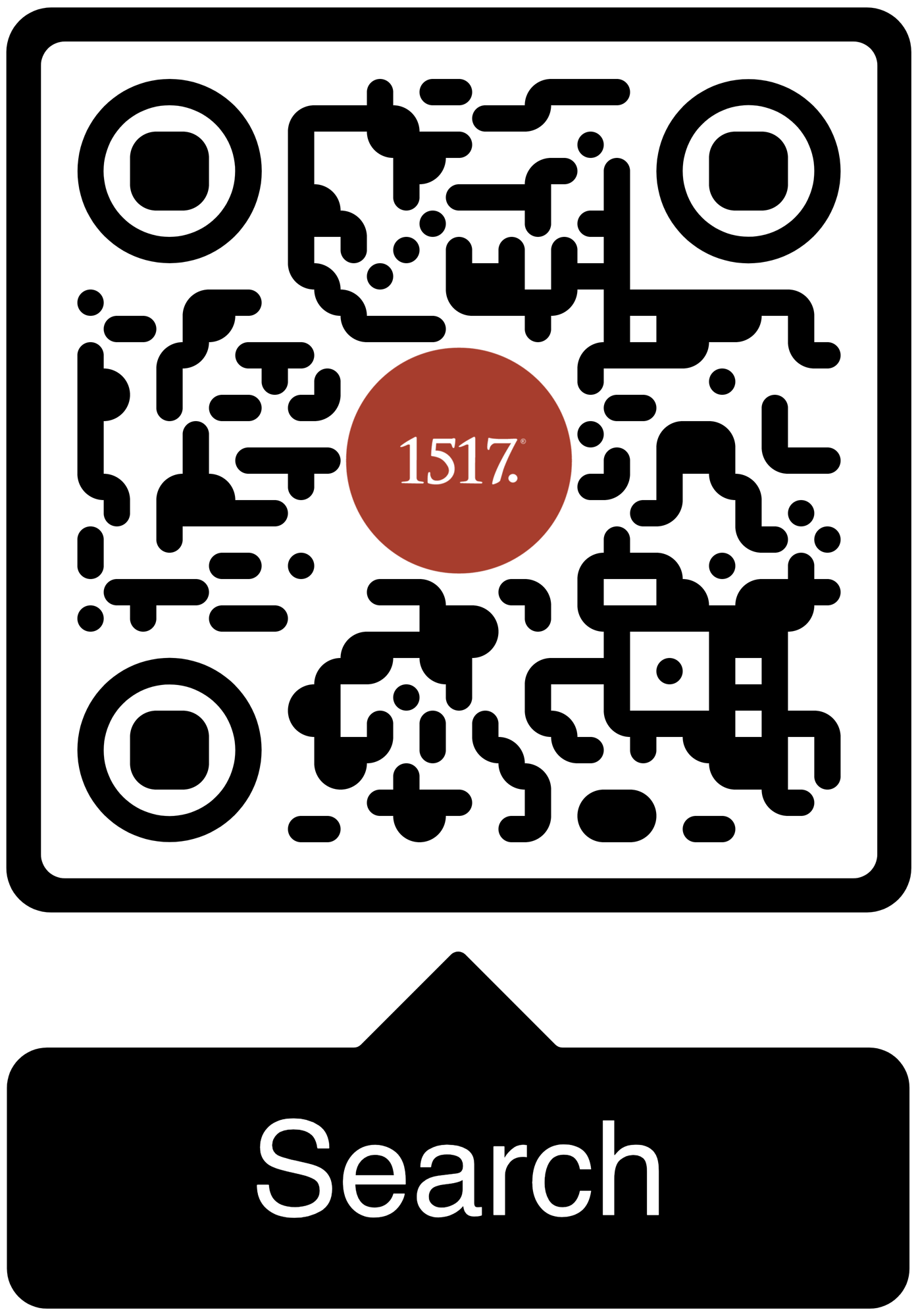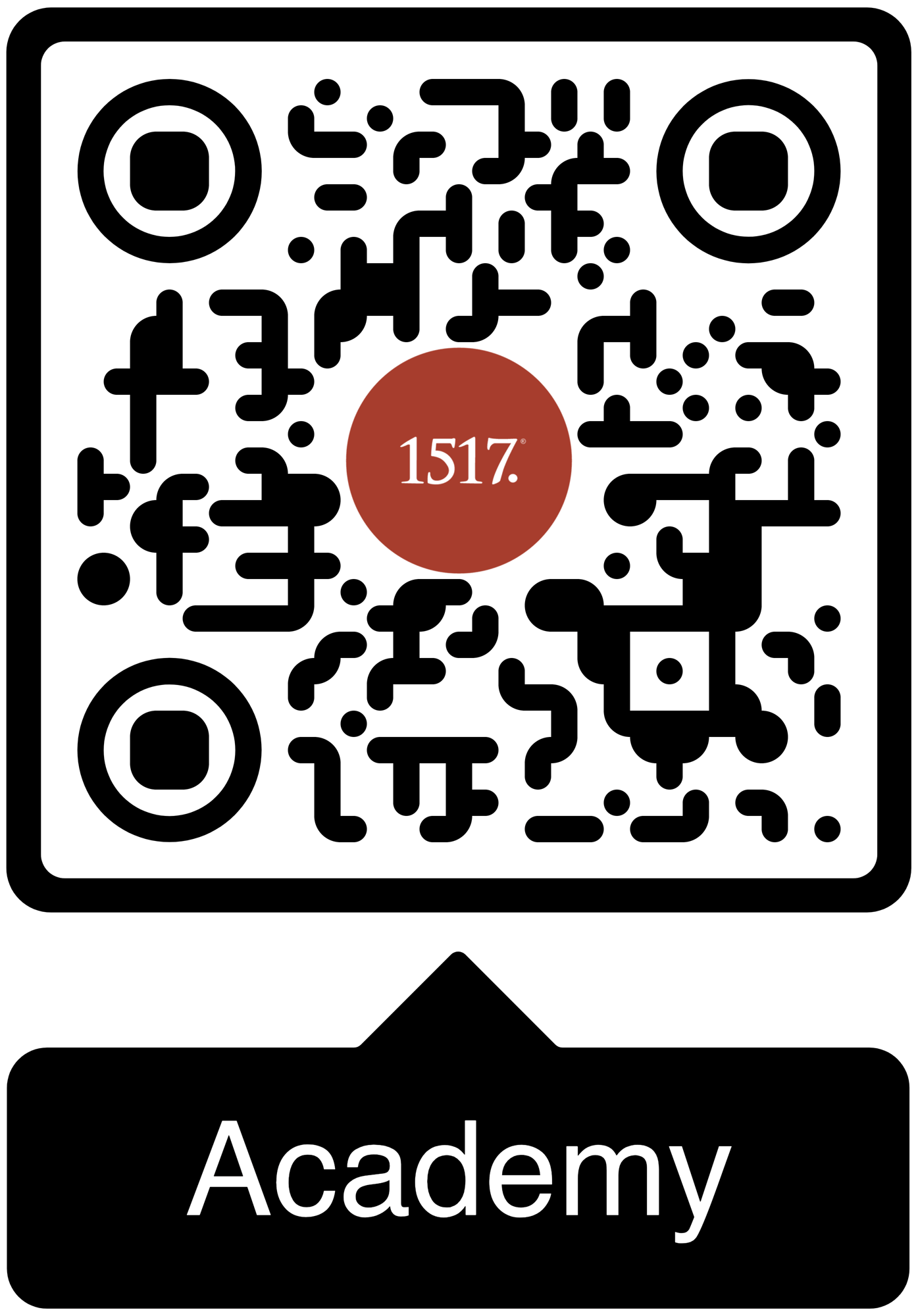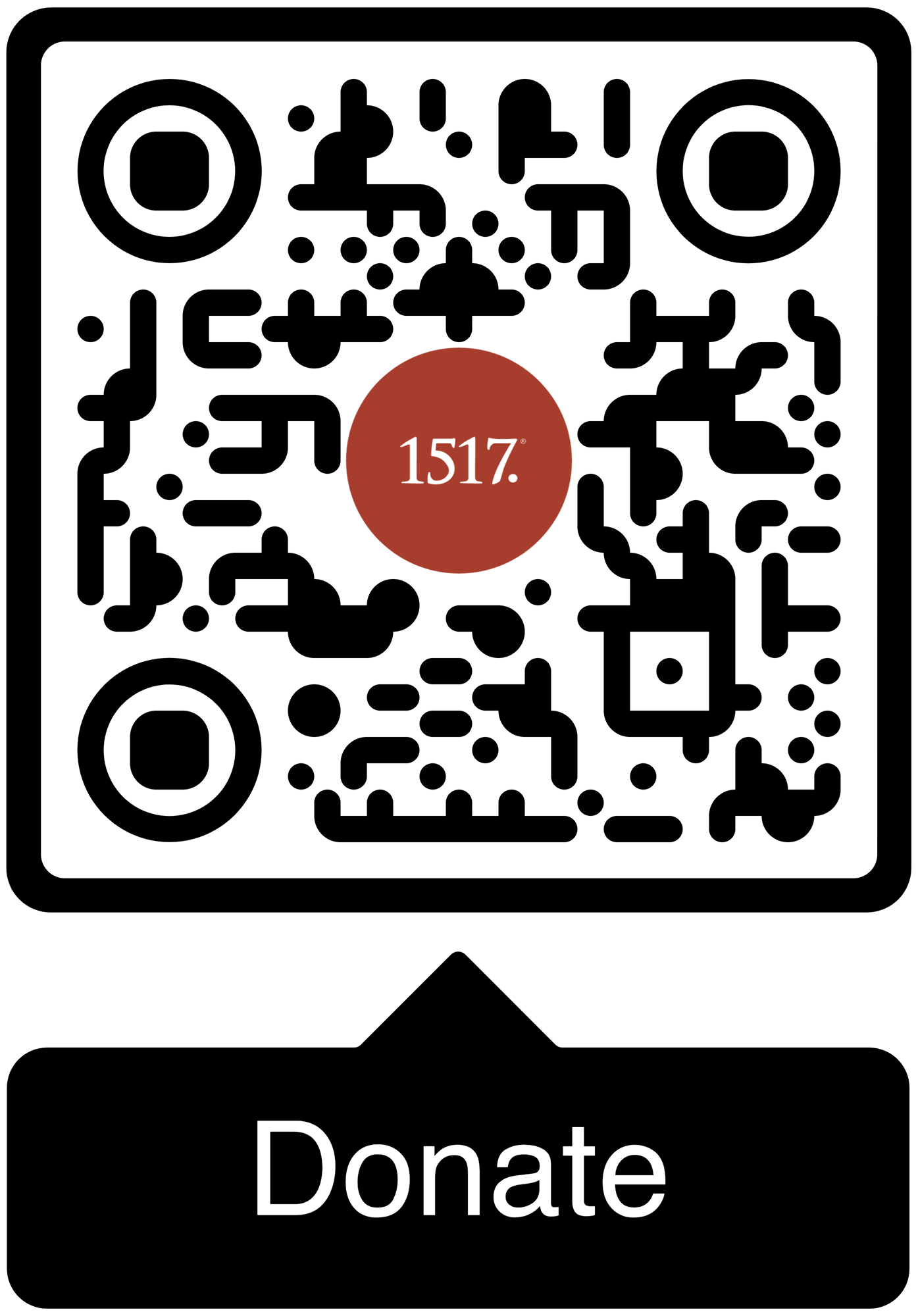Dear preachers, if you recoil at the prospect of sermons which are generated by algorithmic bots, then here is a first step in your resistance: Make your preparation to preach more analog.
The word from everywhere is that the AI robots are going to eat your lunch. Dear preachers, if you resist this notion, if you recoil at the prospect of sermons which are generated by algorithmic bots, then here is a first step in your resistance: Make your preparation to preach more analog.
By analog I mean physical, tangible, with the use of old-fashioned tools (like paper). Analog is “the opposite of digital,” writes David Sax in his book, The Revenge of Analog. “Analog is the yin to digital’s yang, the day to its night. It does not require a computer to function, and most often analog exists in the physical world (as opposed to the virtual one).”[1] Analog is IRL, as the kids say.[2]
The Benefits of Analog Sermon Prep
Beyond resisting our future digital overlords, though, there are a host of benefits to being able to prepare for the pulpit in low-tech fashion. Here are a few, in no particular order:
Simpler: Thoreau’s Cri de Coeur - “Simplify, simplify, simplify!” - is germane here as in so many realms of life. Fancy, expensive devices are not necessary to generate the vital heat of compelling proclamation. They might even dampen it (fancy, expensive books are another matter).
More Robust: This builds on the first reason. If, as you ready yourself to preach, you are dependent upon complicated electronic gadgets that frequently break down, freeze up, or get stolen, your process is precarious. Analog prep is more robust and able to withstand stressors. It can survive a power outage, for instance.
More Focused: I do not know of anyone these days who is looking to add more screen time to his daily life. I mostly resent the time I have to spend in front of a computer and lessening it, even a bit, is a win.[3] You cut out many (not all) distractions by going analog and, thus, become more focused. Although this may mean pastors become less active on social media, so, there is that.
You cut out many (not all) distractions by going analog and, thus, become more focused.
More Flexible: I enjoy walking and often find I do my best thinking then. Working analog facilitates sermon prep on foot and at large. Not only can I escape the screen, but I can also enjoy the outdoors. Why so many pastors treat the ministry as if it were a desk job confounds me.
More Catholic: I do not desire to repristinate the past, but I am happy to place myself in greater continuity with it, especially when it is not onerous to do so. Chrysostom, Bernard of Clairvaux, C.F.W. Walther, none of them prepared to preach by sitting at a keyboard. Analog sermon prep will not make me the preacher these men were, but it will put me in closer contact to their approach.
Practicing Analog Sermon Prep
If you have tracked with me this far, you are probably ready for some practical direction. First, let us talk about tools. Once again, simpler is better. My personal preference is to use a tablet. No, not an iPad, but a thin-ruled writing pad of paper. You can purchase them in bulk from office supply stores. I keep mine in a handsome leather portfolio that makes me feel businesslike. In a pinch, though, any paper will do, lined or otherwise.[4] For writing, I prefer a good mechanical pencil, but your garden-variety #2 with an eraser will suffice. I am not as keen on the feel of a pen and, of course, it does not lend itself to correction. Your mileage may vary.
Nothing in my actual process is revolutionary.[5] I do as much study as possible with the use of paper and ink books. I take notes on my writing pad. If there is an article from the web I want to read, such as one of the homiletical helps from this fine site, I will print it off so I can underline, highlight, and file it away for future reference. Other exercises, such as working through possible structures, are also recorded in my trusty writing pad.
My sermon “sketch” is a simple outline which comprises the essential thoughts and movements of the message. I write it out by hand.[6] For me the final stage of formal preparation is to learn the message by heart. I do this with the help of the classical technique of the method of loci (or “memory palace”), which associates the content of the sermon with vivid images that are then plotted (figuratively) throughout a familiar location. As I formulate my memory palace, I will describe (or draw) the images on a diagram. From there, rehearsal mostly takes the form of visualizing the message in my mind and talking it through, often while accompanied by my golden retriever. He is so sanctified.
Being hooked to a screen is not a prerequisite for preparing to preach. We proclaim to people, flesh-and-blood humans in a face-to-face creation. Why should our preparation not dwell more fully in the real, “analog” existence in which we all live, move, and have our being? The Word became, not bytes, but flesh. Our own words can do the same.
---------
[1] David Sax. The Revenge of Analog: Real Things and Why They Matter. Philadelphia, PA: Perseus Books Group, 2016. xiv.
[2] For those of you who do not text in shorthand, or text much at all, IRL means “In Real Life,” and is heavily used in social media and on-line gaming.
[3] He said, as he typed out this article on a computer (and you read it on one). I did not say I do not use a computer, just that I mostly resent having to use one.
[4] When I first started with analog sermon prep, I even used my trusty Field Notes. This is doable but left my writing a tad cramped. I also started going through books more quickly than I liked.
[5] You can read more about my process of preparation in my book, Preaching by Heart: How a Classical Practice Helps Contemporary Preachers to Preach Without Notes. Eugene, OR: Wipf and Stock, 2021.
[6] Recall that “manuscript” literally means “hand-written.”

